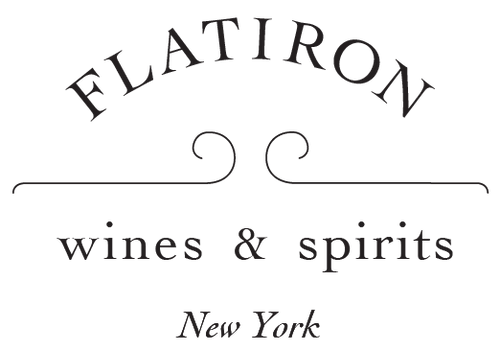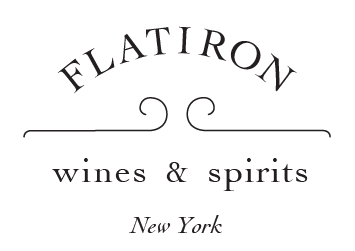Bengoetxe
Txakolina (aka Txakoli) is synonymous with spritzy summer sipping. But it can be so much more!
Iñaki and Rosa Maria Etxeberria felt the same when they started to build the Bengoetxe winery in Olaberria in... Read More
Txakolina (aka Txakoli) is synonymous with spritzy summer sipping. But it can be so much more!
Iñaki and Rosa Maria Etxeberria felt the same when they started to build the Bengoetxe winery in Olaberria in 2001. In a region that had become dominated by commercial vineyards and industrial winemaking, the Etxeberrias wanted to create something true to the wines of their roots.
Starting with location. Over 30 miles from the coast and with no winemaking neighbors, Bengoetxe wasn’t even technically in a Txakolina D.O. How could they make traditional sea-breezy Txakolina without the strong oceanic air and without D.O. representation?
What the Exteberrias knew that others did not was that the land for their future winery had more wine-making tradition than many contemporary Basque centers for grape growing. Historical documents indicated that, before phylloxera and Franco’s Fascist troops, the hill on which Bengoetxe’s vines sit was the center of Txakolina production. After many years of battling, Bengoetxe was finally admitted into the Getariako Txakolina D.O. in 2008. They’ve been one of the brightest jewels in the D.O.’s crown since.
The rich clay hills of the Gipuzkoa highlands yield sturdier bunches of Hondarribi Zuri and Gros Manseng than their coastal calcareous cousins. Also, the vineyards of Bengoetxe have been organic from the day they were planted and their wines have been fermented only with indigenous yeasts. Together, these factors create a Txakoli that is more deeply pitched and resinous, while still maintaining a strong maritime identity.
Whatever residual CO2 remains in their wines is 100% natural, so a strong fizz is not a hallmark of their wines. What is a hallmark of Bengoetxe, though, is their ageability, a characteristic that almost no other Txakolina can claim.

